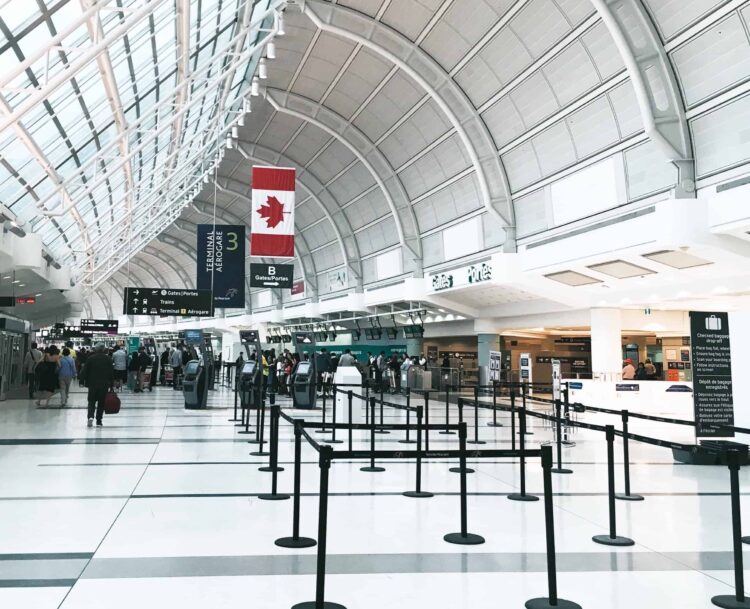Feds Promise Immigration Boost to Address Labour Market Shortages

The federal government is ramping up efforts to bring skilled workers from other countries to Canada in order to address what it describes as “critical labour market shortages.”
On November 1, 2022 Immigration, Refugees and Citizenship Canada (IRCC) released its annual report to parliament on immigration, detailing a plan to welcome more than 1 million immigrants to the country – more than 60% of whom will be economic immigrants – over the next three years.
The government plans to allow 465,000 permanent residents into Canada next year – a number that will rise to 485,000 in 2024 and 500,000 in 2025. Notably, IRCC wants to attract newcomers to different regions of Canada, including small towns and rural communities.
Targeted Relief for Understaffed Industries
To help industries facing “acute” labour shortages, the government says it will use new features in the Express Entry system to welcome newcomers to work in the health care, manufacturing, building trades and science, technology, engineering and math sectors.
In 2020, the IRCC updated the Express Entry system – which offers a fast track to permanent residence for workers with in-demand skills – to make it easier for French-speaking candidates to enter the country. Canada aims to have 4.4% of newcomers outside of Quebec speak French fluently.
The government also plans to use the various Provincial Nominee Programs, the Atlantic Immigration Program and the Rural and Northern Immigration Pilot to address targeted local labour market needs.
Each province and territory has its own “streams” targeting workers needed to fill roles in specific sectors. For example, Saskatchewan added a Tech Talent Pathway in March to bring in workers needed by the province’s technology sector. The province also launched a pilot project last year to attract low-skilled workers for hard-to-fill roles.
Immigrants Will Be Needed for Years to Come
With an estimated 1 million unfilled jobs across the country, the federal government will likely rely on immigration to address labour shortages for years to come.
According to IRCC, immigrants will soon account for all of Canada’s labour force growth. With the worker-to-retiree ratio expected to reach 2:1 by 2035, some in the business community are calling on the federal government to set even bolder targets for immigration to address labour market needs.
The government’s plans to increase immigration over the next three years will come as welcome news to employers looking to hire foreign talent. The MLT Aikins Immigration team has wide-ranging experience advising employers across Western Canada on effective strategies for bringing foreign nationals into Canada. Contact us to learn how we can help.
Note: This article is of a general nature only and is not exhaustive of all possible legal rights or remedies. In addition, laws may change over time and should be interpreted only in the context of particular circumstances such that these materials are not intended to be relied upon or taken as legal advice or opinion. Readers should consult a legal professional for specific advice in any particular situation.


